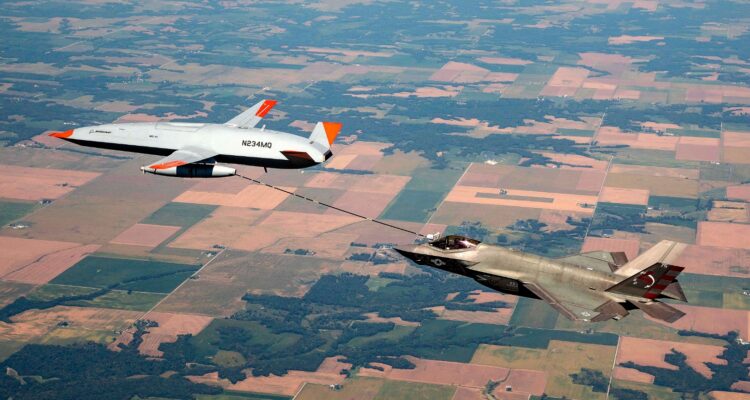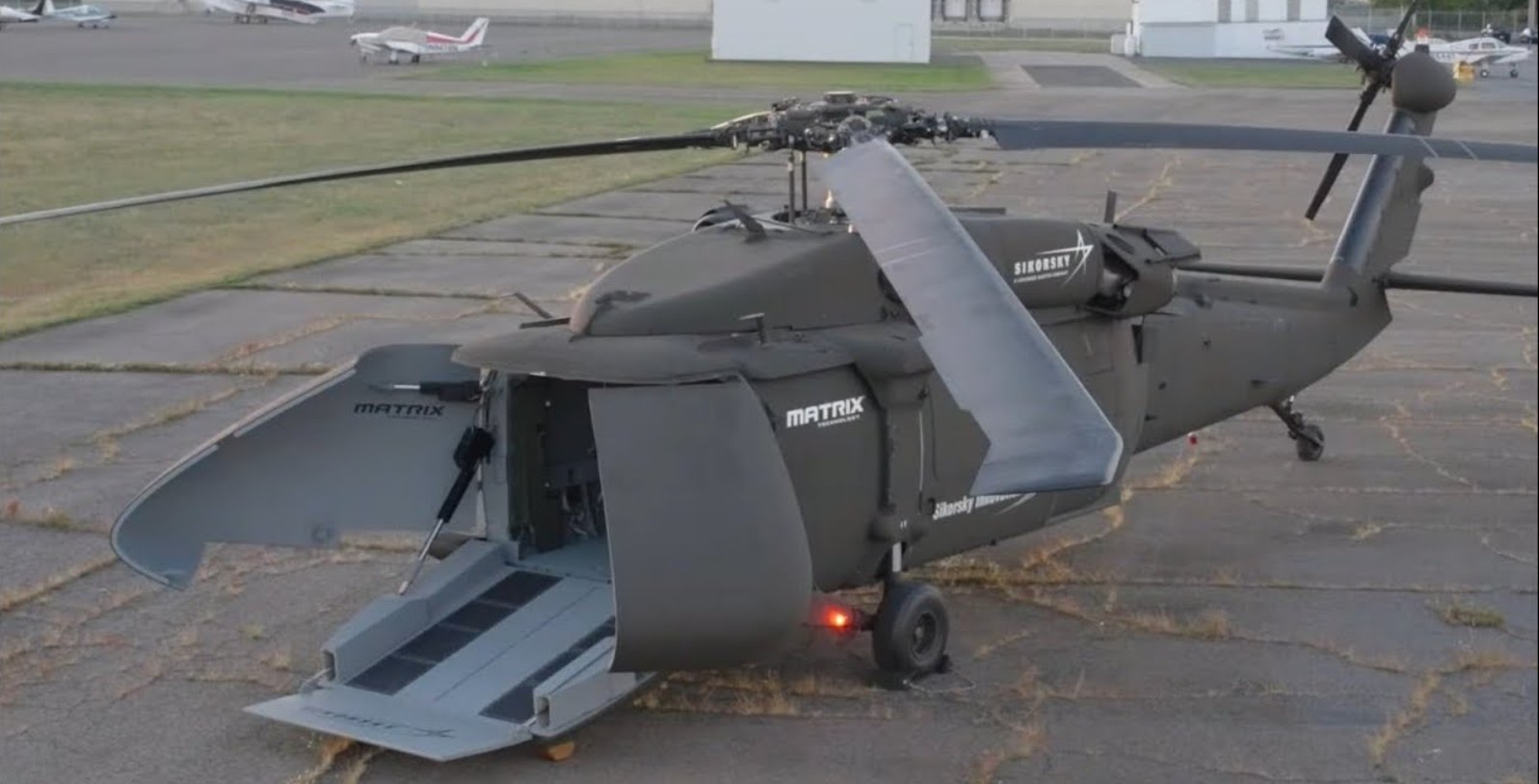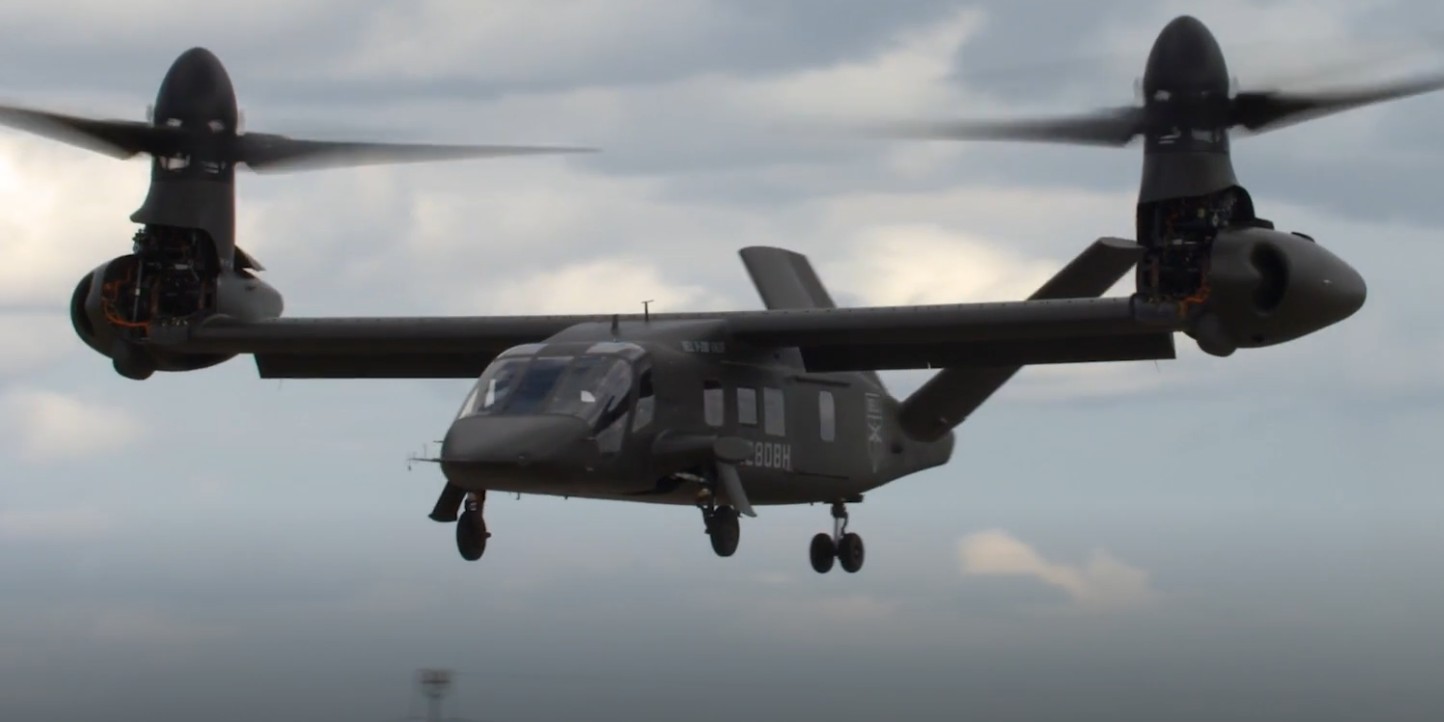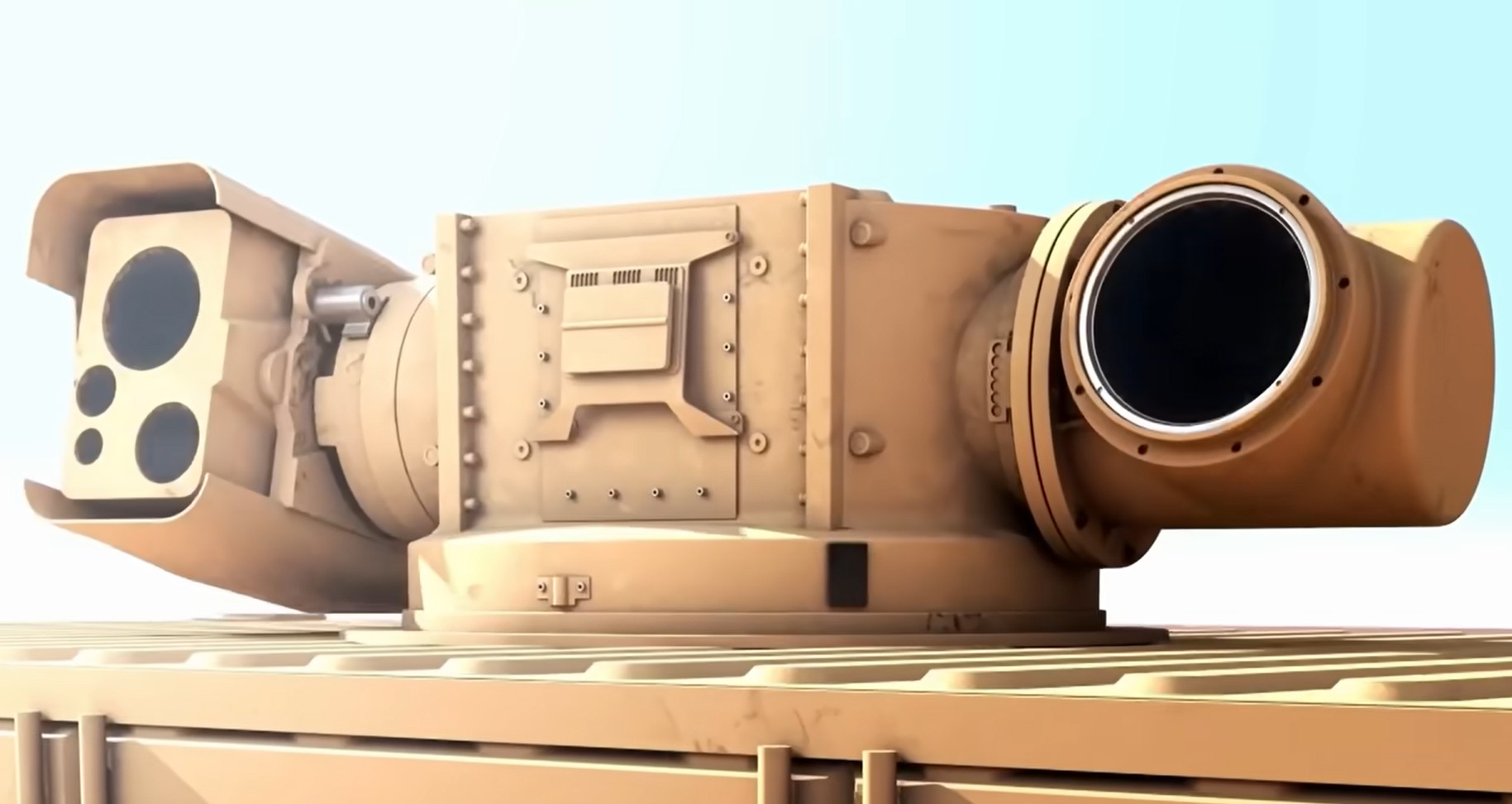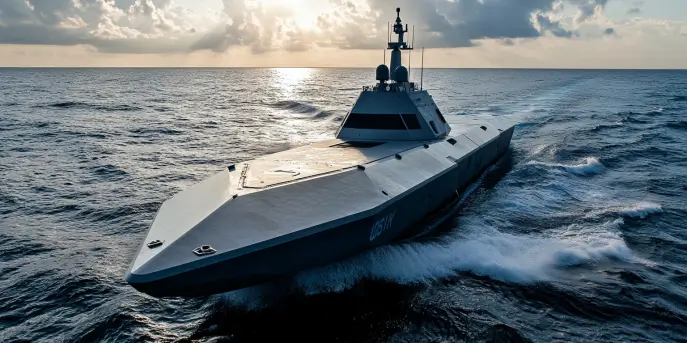The Dawn of a New Era in Aerial Refueling
The Boeing MQ-25 marks a significant milestone in aviation history as the first unmanned aerial refueling aircraft designed for the United States Navy. This pioneering drone redefines both the capabilities and strategic implications of mid-air refueling, which traditionally relied on manned tanker aircraft.
With the MQ-25 taking to the skies, the future seems poised for new tactics in extending the range and endurance of combat aircraft.
Innovative Design and Features
The MQ-25, often dubbed the ‘Stingray’, inherits a sleek and functional design optimized for its critical role. Among its many features, the MQ-25’s ability to carry up to 15,000 pounds of fuel is the cornerstone of its operational capability, allowing it to refuel a host of aircraft types, including the F/A-18 Super Hornet, EA-18G Growler, and F-35C Lightning II.
Autonomy and Control: The aircraft operates under a high degree of autonomy, controlled remotely from a ground station, minimizing the risk to human pilots.
Technical Specifications
| Feature | Specification |
|---|---|
| Fuel Capacity | Up to 15,000 pounds |
| Payload | Refueling Systems |
| Control | Remote and autonomous |
| Operational Range | Approximately 500 nautical miles (refueling mission) |
Enhancing Naval Operations
The integration of the MQ-25 into naval operations promises to significantly extend the reach and flexibility of carrier air wings. By providing mid-air refueling, it allows combat aircraft to increase their operational range and loiter time, which is essential for both offensive and defensive maneuvers.
This capability enhances force projection and combat presence, especially in contested areas where refueling might otherwise be hazardous to manned tankers.
Development Journey and Challenges
Development of the MQ-25 was not without its hurdles. The concept originated from the Unmanned Carrier-Launched Airborne Surveillance and Strike (UCLASS) program, which evolved into the Carrier-Based Aerial-Refueling System (CBARS) project, culminating in the MQ-25.
Technological Challenges: Advancements were necessary in autonomous operations, drone aerodynamics, and secure communications to ensure mission success, demanding robust testing and validation phases.
Impact on Future Aviation
The successful deployment of the MQ-25 is set to influence the broader landscape of military aviation. Its operational success will likely pave the way for further development of autonomous systems, not only enhancing existing capabilities but also exploring unconventional missions that can be adapted to the UAV format.
Future Prospects: The MQ-25’s operational service could lead to exploring its potential in reconnaissance roles, electronic warfare, or even delivery of precision munitions.
Strategic Implications
The introduction of the MQ-25 brings strategic implications, particularly in balancing military power dynamics. As a force multiplier, it strengthens the carrier strike group’s operational abilities, adding an element of unpredictability to potential adversaries.
The development signals a shift towards leveraging technological advancements to maintain an edge in global military supremacy, especially in hotly contested regions such as the South China Sea and the Arctic.
The MQ-25 program underscores the importance of modularity and scalability in defense systems, allowing for more adaptable and future-proof design philosophies.
The Boeing MQ-25 is more than just a technological marvel; it’s a strategic asset that illustrates the future trajectory of military operations. By introducing a new class of autonomous refueling unmanned aerial vehicles (UAVs), it redefines and enhances the capabilities of carrier-based aircraft, ensuring naval superiority in modern warfare.
